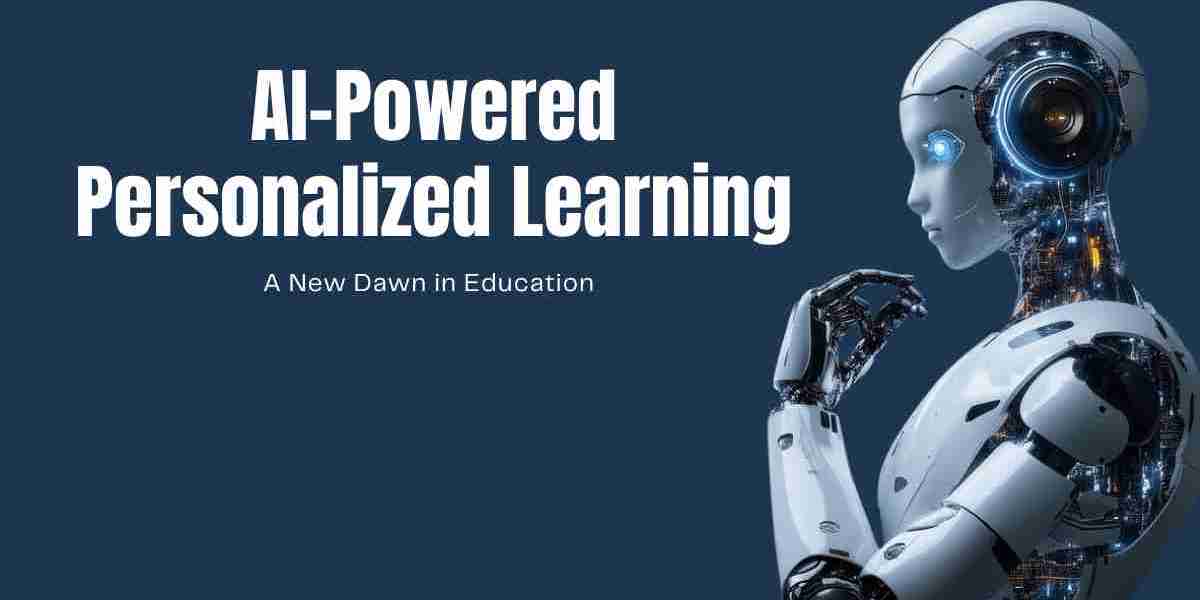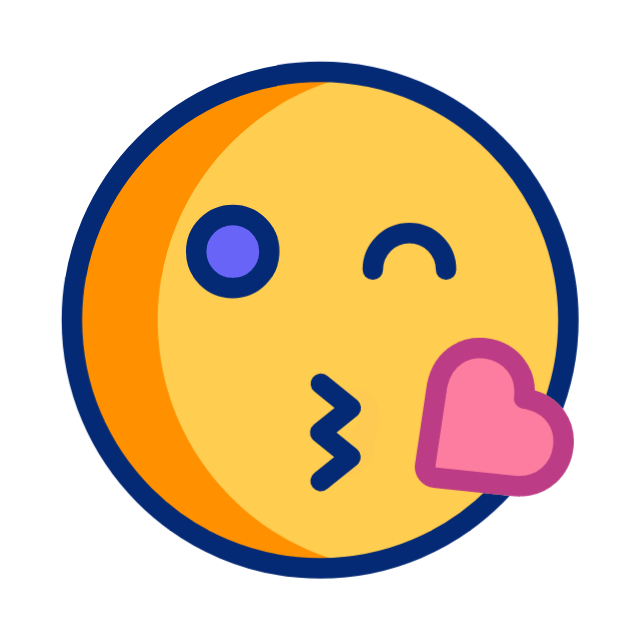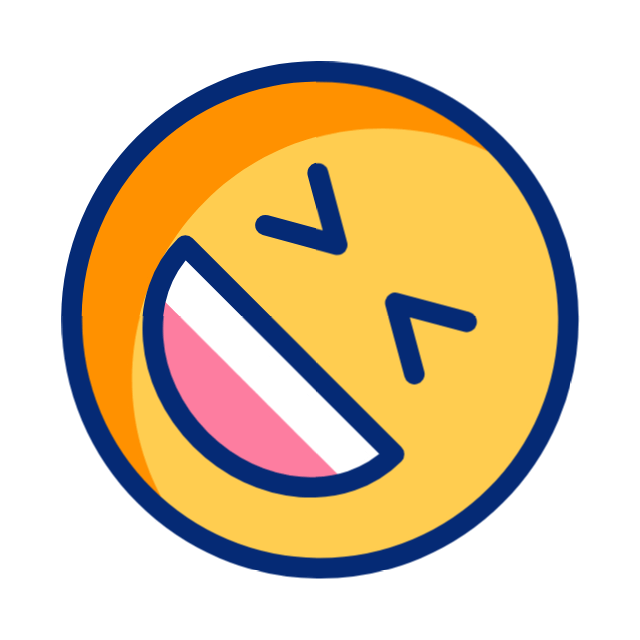Why Personalization Matters More Than Ever
For decades, education systems around the globe have struggled with a one-size-fits-all model. Standardized tests, rigid syllabi, and fixed timeframes have often ignored the nuanced needs of learners. Some students race ahead while others get left behind—not due to lack of intelligence, but because their way of learning simply doesn't fit the mold.
Enter artificial intelligence.
Unlike traditional systems, AI brings the capacity to understand students as unique individuals. It can identify how someone learns best—through visuals, repetition, storytelling, hands-on problem solving—and adjust content accordingly. Think of it as having a patient, always-available tutor who knows exactly when you're stuck, when you're bored, and when you need a challenge.
What Makes AI-Powered Learning Truly Personal?
Let’s unpack what’s really happening behind the screen:
- Real-Time Assessment: AI can monitor student interactions with learning materials, identify weak points, and immediately provide exercises to strengthen them—often before the student even realizes there's a gap.
- Dynamic Content Delivery: Based on performance, emotional cues (like hesitation or quick responses), and even the time of day a student learns best, AI tools can deliver custom-tailored lessons that feel intuitive and engaging.
- Learning Path Optimization: AI algorithms can sequence topics in a way that builds mastery naturally, much like assembling a puzzle one perfect piece at a time.
- Language and Accessibility Adjustments: For students with disabilities or language barriers, AI can automatically adjust pacing, simplify language, or include voice assistance and visual aids.
This kind of personalization isn't just convenient—it’s revolutionary. It can make the difference between a child feeling frustrated and defeated versus inspired and capable.
The Role of
Teachers in an AI-Powered World
Here’s the truth: AI is not here to replace educators. In fact, its real superpower lies in enhancing human instruction. Teachers remain the heart and soul of the classroom, offering emotional intelligence, mentorship, and moral guidance—things AI can't replicate.
What AI can do is offload routine tasks like grading, lesson planning, and progress tracking. This gives teachers more time to focus on creativity, discussion, and emotional support—the very elements that nurture a lifelong love for learning.
Real-Life Use Cases
Across the world, we’re seeing creative applications of this technology:
- Khan Academy’s AI Tutor: With the help of large language models, Khanmigo offers students guided learning, nudging them to think rather than just giving away answers.
- Squirrel AI in China: This platform provides customized learning experiences for millions of students, adjusting difficulty levels and concepts in real time.
- Duolingo: Though not a classroom tool per se, Duolingo uses AI to adapt exercises to individual learner progress, proving that adaptive learning isn’t confined to academia.
Even in under-resourced areas, lightweight AI solutions accessed through mobile phones are beginning to bridge the education gap.
The Human-Tech Symbiosis
What makes AI-powered personalized learning so compelling is its potential to reinforce equity. It democratizes access to high-quality education, adapting not to privilege or power, but to the person sitting behind the screen.
Still, this progress isn’t without challenges. Algorithms carry biases. Data privacy is a concern. And over-reliance on AI risks reducing learning to mere metrics. These aren’t deal-breakers—they’re calls for thoughtful integration. The magic happens when we design AI not to lead, but to serve—amplifying the human spark in each learner.
Looking Ahead
So where are we headed? Possibly into a world where:
- AI acts as a lifelong learning coach, from kindergarten through career training.
- Students learn how to learn—not just what to learn.
- Education shifts from age-based grading to mastery-based progress.
And perhaps most importantly, students develop confidence not from comparing themselves to others, but from competing with their own past selves—powered by feedback loops that celebrate effort and growth.
Final Thoughts
AI-powered personalized learning isn’t a trend. It’s a transformation. It challenges old paradigms and invites us into a future where education is intimate, intelligent, and inclusive.
As we navigate this unfolding landscape, one truth becomes clear: when technology listens more, students learn better. And maybe that’s the lesson we’ve been waiting for all along.









